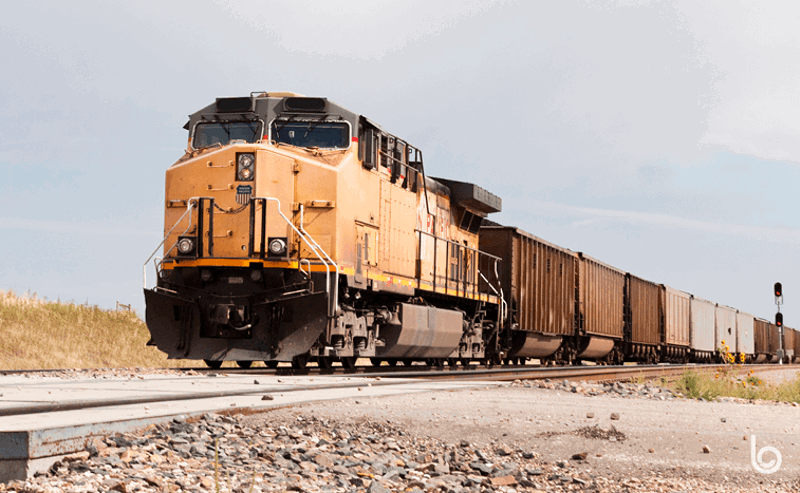Last Month, we celebrated National Train Day, a day to recognize the importance of our railway system - a centuries-old mode of transportation that’s still chugging and continues to reside at the heart of the supply chain. It is a staple of the 19th century that drives 21st century logistics through the use of modern systems and digital technologies.
Moving goods by rail is often much cheaper, more efficient and less environmentally damaging than sending goods by road. As a result, companies will continue to use trains to move products for many years to come. Rail is moving significantly more freight every year, and new technologies are empowering the supply chain to fully embrace the new precision railroading model.
Traveling from Florida up to the East Coast, Tropicana relies on freight trains to ensure American breakfasts are supplied with its best orange juice. As the preferred mode of transportation since 1970, these “Juice Trains” have proven to be cost-effective and up to four times more fuel-efficient than sending freight by truck. In 2019, not much has changed - except for the advancements in technology that promise additional benefits and savings.
Through data-driven optimization, greater automation, and increased adoption of intermodal freight, Tropicana can continue to rely on trains to fulfill supply and demand. More importantly, using technology such as this, can enhance and strengthen production to help overcome the following challenges and ensure our railway system is working as smooth as possible:
- Visibility: Customers now demand end-to-end shipment visibility across all transportation modes, reports of real-time status updates and proof of delivery.
- Capacity: To meet ever-increasing capacity needs, maintaining and growing capacity with motor carrier partners is an absolute must.
- Payables: Complex payables processes with extended cycle times between time of service to being paid by multiple shippers can take as long as 60 to 90 days.
- Technology: Manual processes are labor intensive, and legacy IT systems have become a resource strain on internal teams.
- Standardization: Working with numerous motor carrier partners who each have their own technology solutions and levels of maturity, require a streamlined and standardized process.
- Efficiency: Decentralized and fragmented models for account management and manual motor carrier scorecard processes are tiring and demand better.
National Train Day is a reminder of how vital railroads are to our nation’s intermodal transportation network and economy. We must recognize that by taking the technology of today, and combining it with the best innovations of the past, we can create a supply chain that continues to live up to its full potential.
For more information about how Blume Assets enable carriers and service enterprises to manage their key assets across the entire supply chain lifecycle—including rail cars, containers and more, visit: https://www.blumeglobal.com/assets/.
contact us
Contact Us

